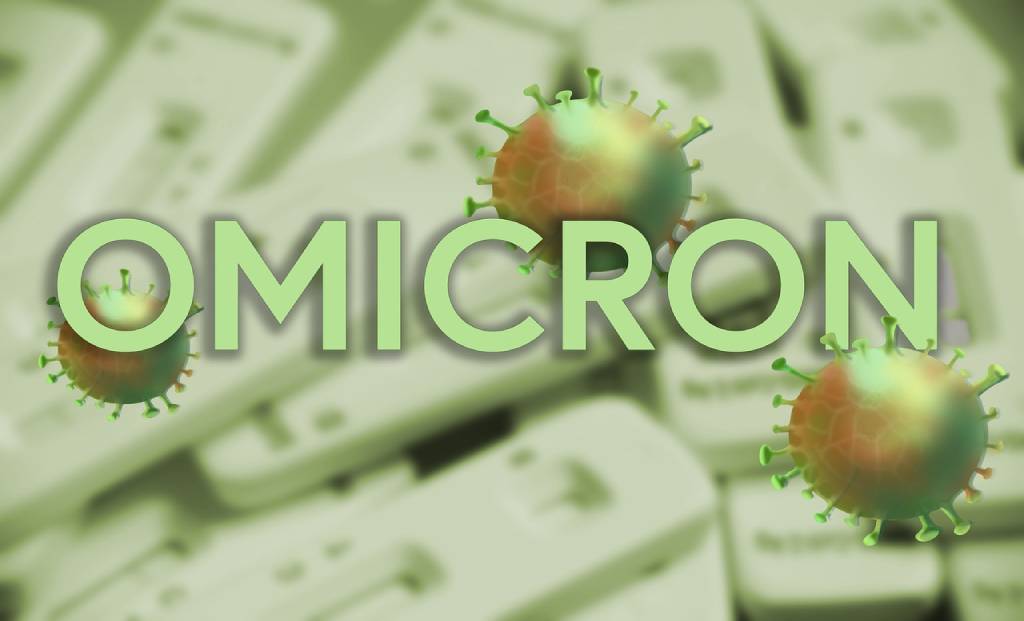Omicron has caused a third wave of COVID-19 in many countries and this is why scientists and health officials around the world are keeping a close eye on every development related to it. They are closely observing a descendant of the omicron variant that has been found in more than 50 countries, including the United States. This version of the coronavirus is considered to be stealthier than the original version of omicron. This is mainly because particular genetic traits make it somewhat harder to detect. Scientists call this version BA.2. According to Danish scientists, preliminary information suggests that BA.2 may be 1.5 times more contagious than the original variant.
But scientists said that there’s a lot that they still need to know about it, including whether this version causes more severe disease.
So far over 18,000 genetic sequences of BA.2 have been uploaded to GISAID, which is a global platform for sharing coronavirus data, according to data collected by Scripps Research labs. Also, BA.2 has been detected in at least 54 countries and 24 US states.
“Thus far, we haven’t seen it start to gain ground” in the US, said Dr Wesley Long, a pathologist at Houston Methodist in Texas, which identified three cases as of earlier this week.
The mutant are apparently much more common in Asia and Europe. In Denmark, the variant has spread quickly and become the dominant variant, according to State Serum Institute, which falls under the Danish Ministry of Health.
“Preliminary calculations indicate that BA.2 is one and a half times more contagious than BA.1,” the original omicron, the institute’s Dr Tyra Grove Krause said in a press release earlier this week.
If it is more contagious, “it may mean that the wave of infections will be higher and will extend further into February compared to the previous projections.”
What’s Known
BA.2 has several mutations. About 20 of them in the spike protein that studs the outside of the virus are shared with the original omicron. But it also has additional genetic changes not seen in the initial version.
It’s unclear how significant those mutations are, especially in a population that has encountered the original omicron, said Dr Jeremy Luban, a virologist at the University of Massachusetts Medical School.
For now, the original omicron BA.1 and its descendant BA.2 are considered subsets of omicron.

